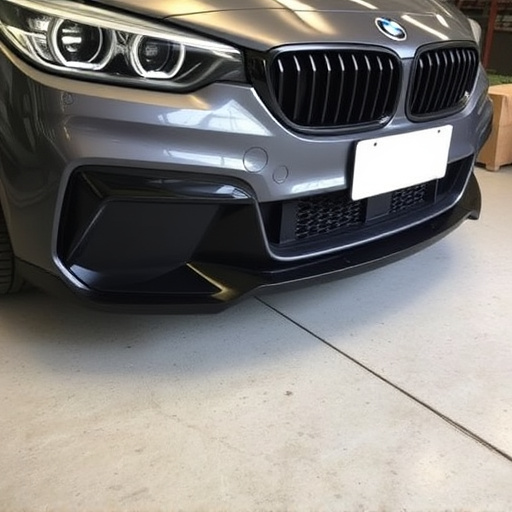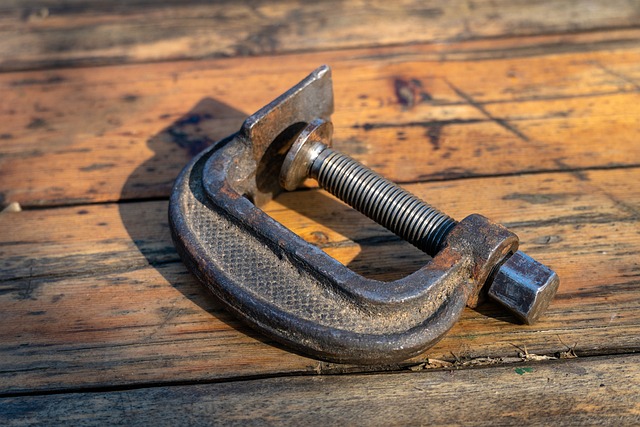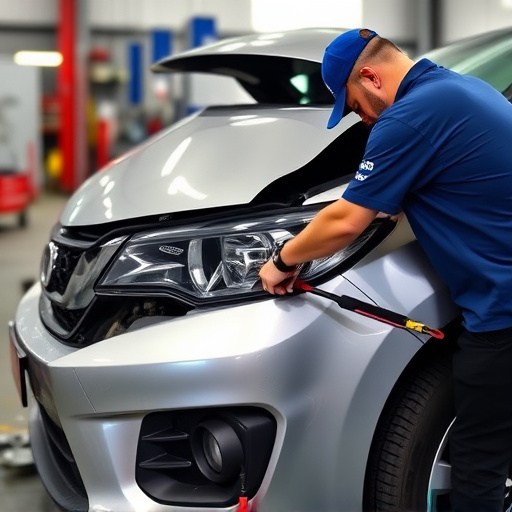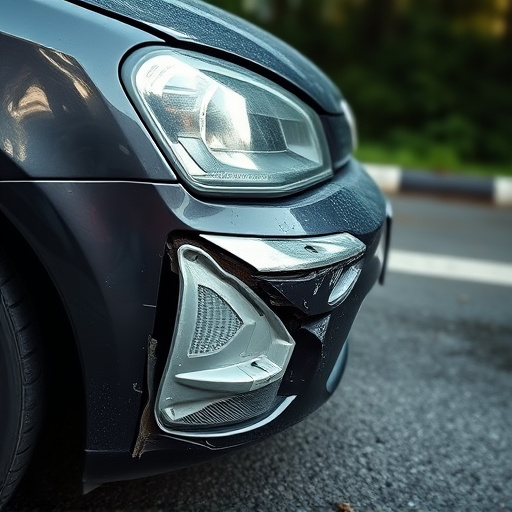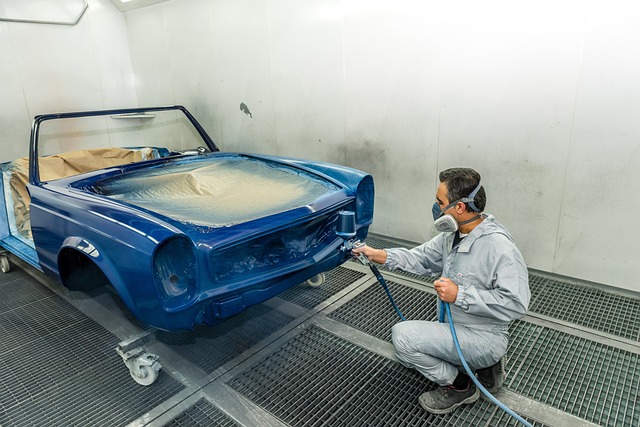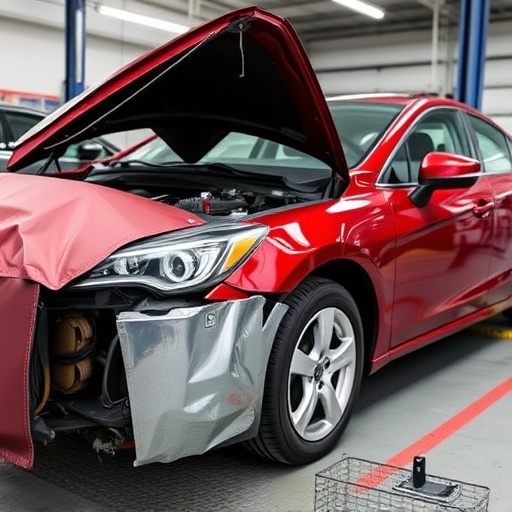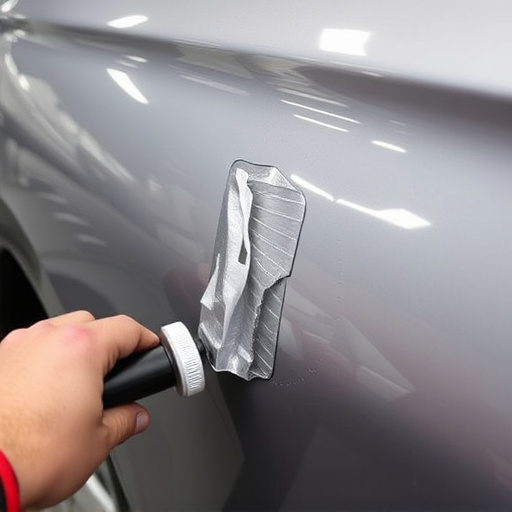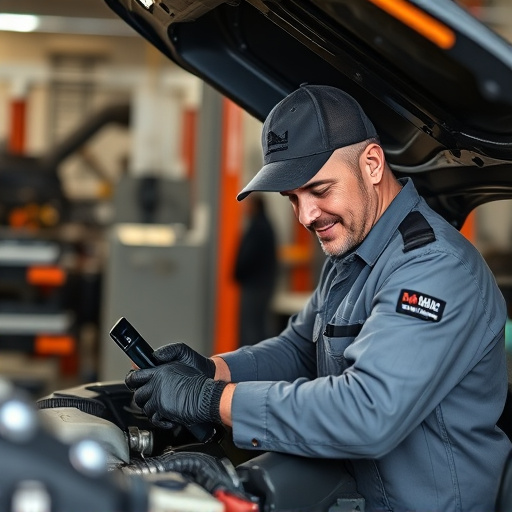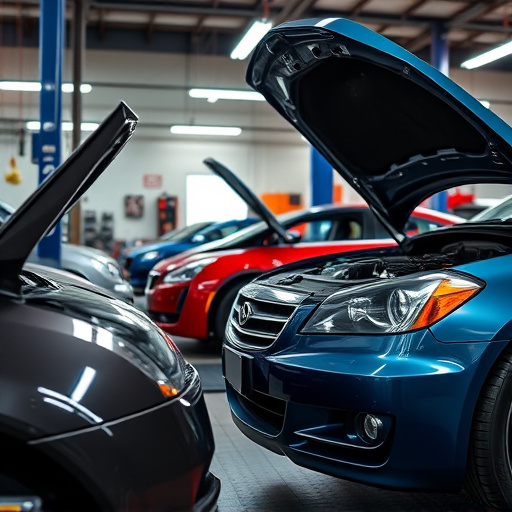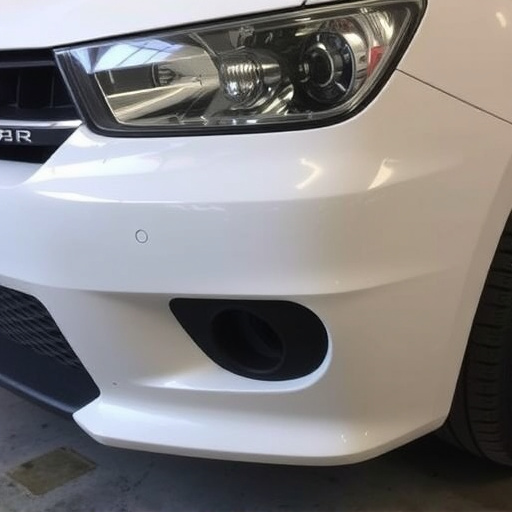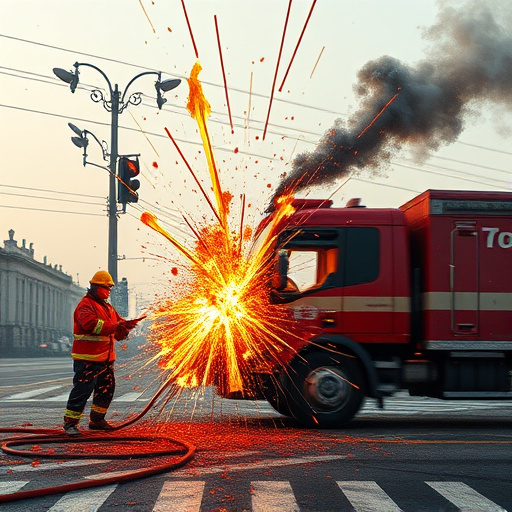Automotive refinishing goes beyond aesthetics in car repair, crucial for safety and protecting investments. Shops must employ advanced technologies and meticulous techniques to manage surface interactions, curing processes, and environmental factors, preventing defects. Flawless finishes enhance vehicle value, encourage repeat business, and protect against environmental damage. While challenging due to complex body shapes, varied curves, and matching original factory finishes, skilled technicians and advanced equipment ensure cost-effectiveness and high customer satisfaction in the competitive automotive industry.
In the competitive automotive industry, achieving precision in refinishing finishes is paramount. It significantly impacts customer satisfaction and vehicle resale value. This article explores how shops excel in this area, delving into the importance of precise finishes, common challenges, and effective solutions. We’ll uncover advanced painting technologies, specialized equipment, and comprehensive training programs that underpin excellence. Additionally, we’ll discuss strategies for maintaining consistency and quality control, ensuring every refinished vehicle meets the highest standards.
- Understanding the Importance of Precision in Automotive Refinishing
- – The impact of precise finishes on customer satisfaction and vehicle value
- – Common challenges faced during automotive refinishing
Understanding the Importance of Precision in Automotive Refinishing

In the meticulous world of automotive refinishing, precision is paramount. Achieving flawless finishes isn’t merely about aesthetics; it ensures safety and protects the investment of car owners. Even minor imperfections can compromise a vehicle’s structural integrity, especially after procedures like dent removal or extensive vehicle paint repair. Therefore, shops must embrace meticulous techniques and advanced technologies to deliver top-tier results.
Precision in automotive refinishing involves understanding complex interactions between surface preparation, paint application, and curing processes. Skilled technicians must address factors such as temperature control, humidity, and surface cleanliness to prevent defects like blotching, running, or uneven drying. By consistently applying these precise methods, shops ensure not only beautiful, long-lasting finishes but also the overall satisfaction of their customers, keeping in mind the ultimate goal of car dent repair as a core service offered.
– The impact of precise finishes on customer satisfaction and vehicle value
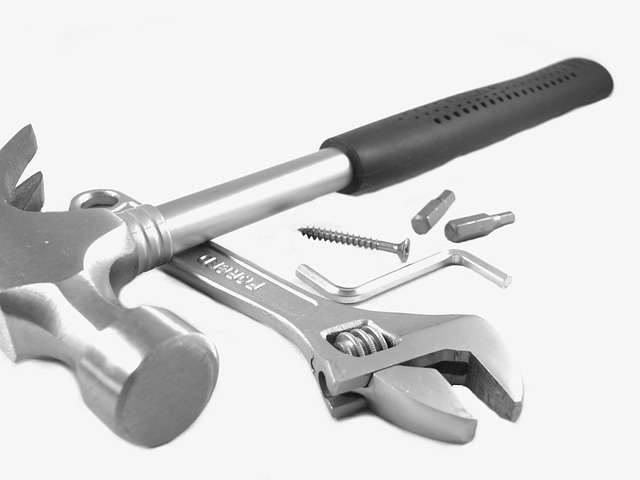
In the competitive automotive industry, achieving precision in refinishing finishes is paramount for shops to elevate their standards and meet customer expectations. A seamless, flaw-free finish not only enhances the aesthetic appeal of a vehicle but also significantly impacts its overall value. Satisfied customers are more likely to return for future services, fostering a positive reputation for the shop and boosting business through word-of-mouth referrals.
Moreover, precise finishes play a crucial role in ensuring long-lasting protection for the vehicle’s exterior. Auto painting experts employ advanced techniques and high-quality materials to create durable coats that safeguard against environmental factors like UV rays, extreme temperatures, and oxidation. This protective layer not only preserves the vehicle’s original look but also contributes to its resale value by extending its lifespan and minimizing the need for costly auto repair services or frequent repaints.
– Common challenges faced during automotive refinishing
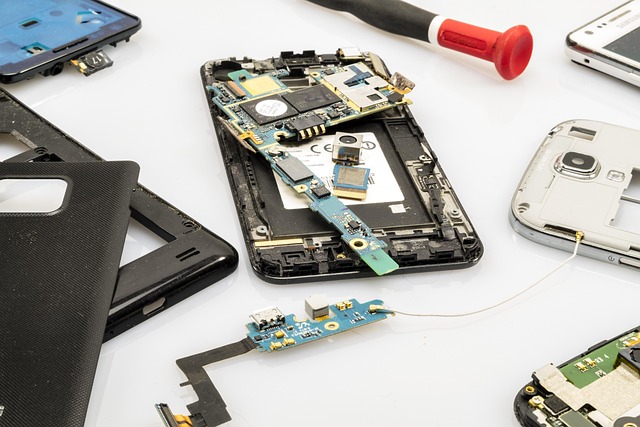
Automotive refinishing is a meticulous art that requires precision and attention to detail. Shops face several common challenges when it comes to achieving flawless finishes on vehicles, from minor dents and scratches to significant damage. One of the primary issues is balancing the need for an impeccable finish with cost-effectiveness. While advanced technologies and specialized tools aid in precision, the intricate nature of car bodies, with their complex curves and varying panel thicknesses, presents a unique set of obstacles.
Another challenge lies in matching the original factory finish perfectly, especially during vehicle dent repair or car body restoration. The process involves carefully preparing the damaged area, ensuring proper surface preparation, and then applying layers of paint with meticulous care to create an invisible bond. Additionally, maintaining consistency across different models and years is crucial, as each vehicle has its unique color specifications and requirements for dent removal, making it a complex task that demands skilled technicians and state-of-the-art equipment.
Precision in automotive refinishing is not just a goal, but a necessity. It directly influences customer satisfaction by ensuring vehicles look as good as new and maintaining or increasing their resale value. By understanding and overcoming common challenges, shops can deliver exceptional finishes that meet high expectations. This, in turn, fosters customer loyalty and strengthens their reputation in the competitive automotive industry.
